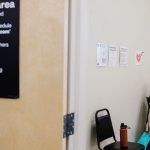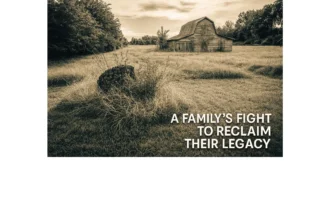
Piecework quilts have long been embedded, so to speak, in American life. Assembled from dozens, if not hundreds, of individual fabric pieces, their colorful geometries became popular in the decades before the Civil War, taking the place of wool “bed ruggs” and other colonial-era coverings. “Fabric of a Nation: American Quilt Stories,” a new exhibition opening Oct. 10 at the Museum of Fine Arts in Boston, explores the enduring hold of quilts on the American imagination, with more than 50 textile works dating from the late 17th century to this year.
Exhibition organizer Jennifer Swope, a curator at the MFA, says that the goal of the show is to trace “the evolution of the American quilt and the ongoing American experiment, and how they’ve both changed over time.” The three works that open the show do just that, using red, white and blue stripes that intentionally evoke the American flag. The earliest is a wool blanket created by a Navajo weaver around 1865; the second, a quilt made before 1920, records the names of almost 300 people—most likely in Indiana—who supported women’s right to vote. The third was made in 1975 by Irene Williams, one of the quilters of Gee’s Bend, Ala., a renowned center of Black textile art. Her work picks up the “Vote” theme with thin strips of fabric emblazoned with the word, assembled in an exuberant variation on a traditional quilt pattern.








